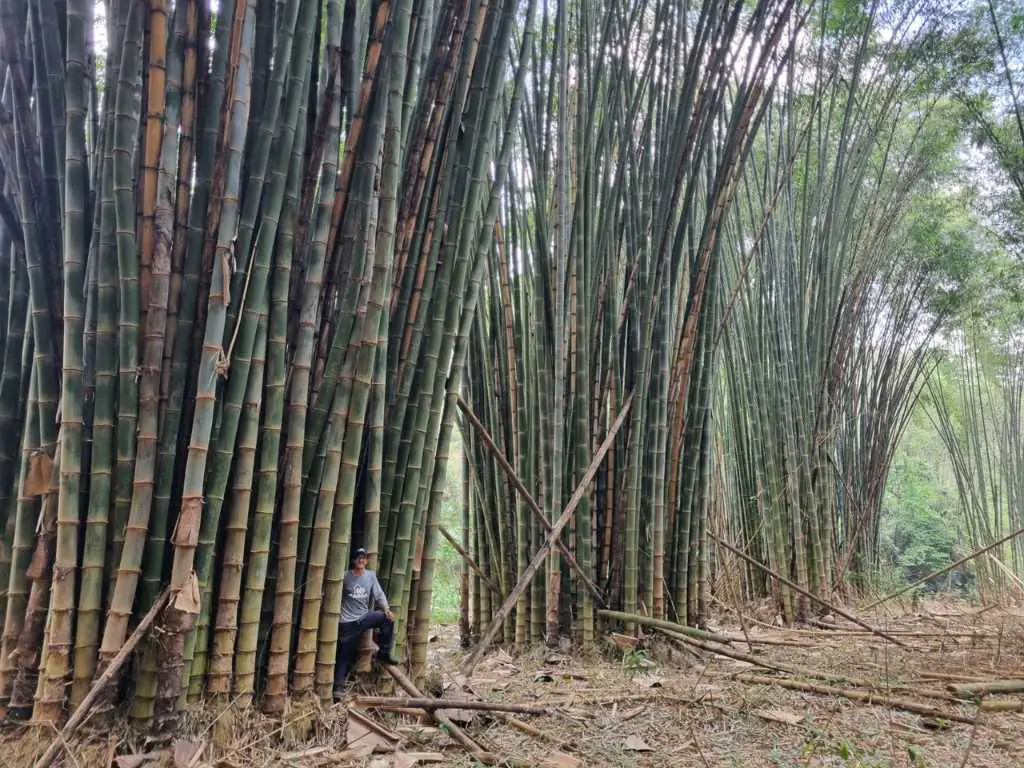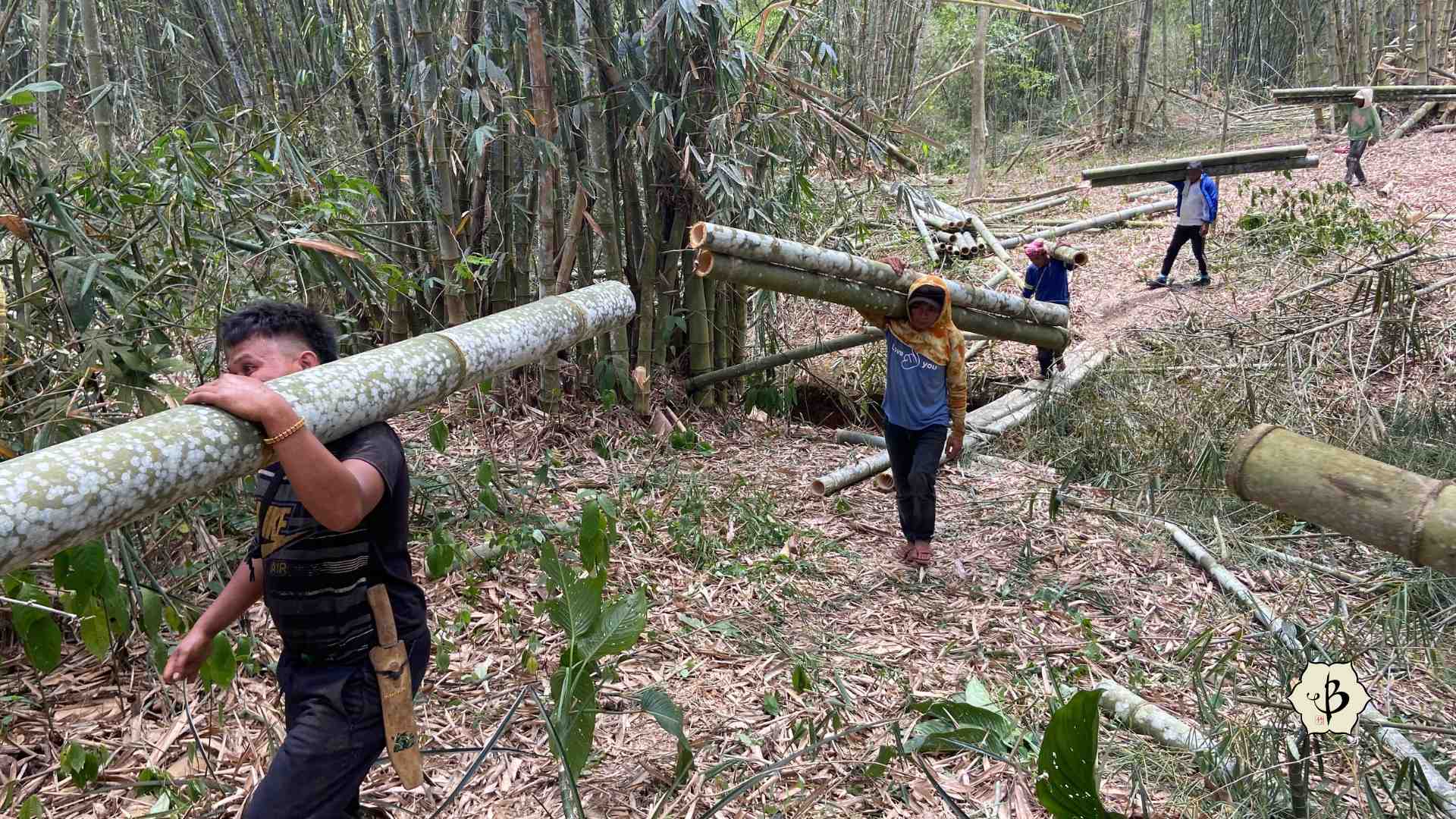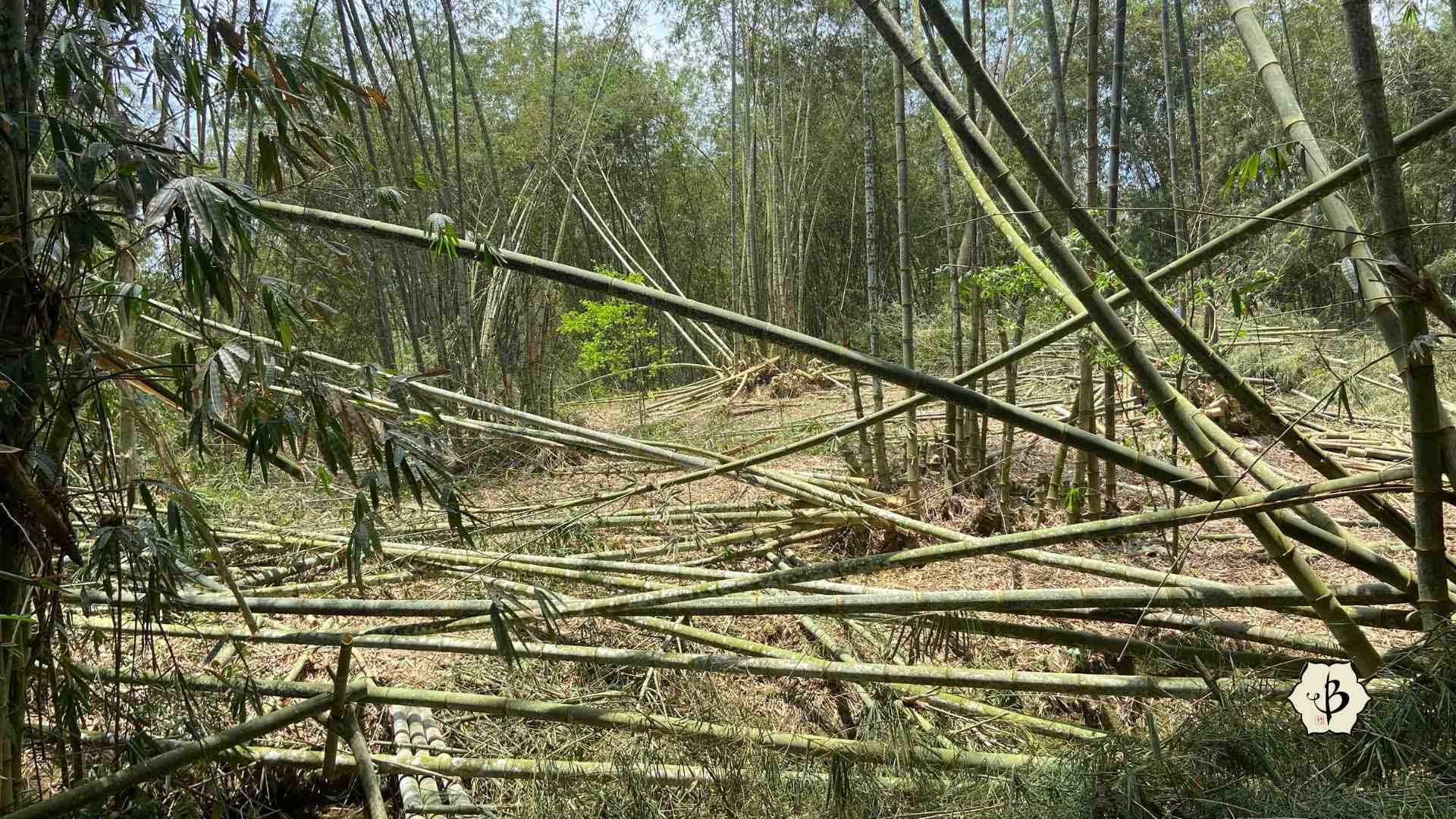Special thanks to climate and forestry activist Apsana Kafle who contributed to this article. Apsana is a World Bamboo Fellow from the World Bamboo Association.
Bamboo Management: Precondition for a sustainable future
Bamboo is a prolific, perennial grass that is found across all the continents except Europe. It is a fast-growing grass often mistaken for a tree because of its size and nature. Since bamboo has a unique ability to grow rapidly and regenerate continuously, it is often left neglected. One reason for the lack of attention and priority given to bamboo research and development is the identity crisis, not knowing whether to classify the plant as agriculture, forestry, or wilderness. In fact, bamboo requires careful management, like a forest, to take full advantage of its environmental benefits.
NOTE: This article first appeared in January 2022, most recently updated in June 2024.

Misconceptions about bamboo agronomy and cultivation
One of the very wide misconceptions that is prevalent among the general public about bamboo is the presumption that it becomes larger like a tree over time. This lack of understanding has led to a situation where bamboo is often left unused. Without being harvested, bamboo cannot achieve its great potential for the economy or the environment.
Another point to consider is that bamboo is an umbrella term under which there are over sixteen hundred species. Therefore, considering the tremendous variation, one must be familiar with the species in order to prescribe the best methods for management. That means that bamboo management cannot be applied generically, but must take the specific conditions and characteristics into consideration. In this article, we will look at two main principles of management.

Bamboo Management depends upon the type of bamboo
Globally, bamboo includes approximately 1600 species and 121 genres. These can be broadly categorized into three classes depending on the type of rhizome, namely Sympodial bamboo (clumping), Monopodial bamboo (running), and Amphipodial bamboo (open clumping).
The sympodial root system is categorized by a rhizome with compact and tufted culms, which we commonly call clumping bamboo. The monopodial is the bamboo characterized by rhizomes extending horizontally thus known as running bamboo. Finally, as the name suggests, amphipodial bamboo has a mixture of sympodial and monopodial bamboo characteristics.
Recognizing these different types of rhizomes is the first step to understanding the proper management of bamboo. Whether you’re planting in your garden or raising a plantation, this is the primary criterion to be aware of.

Bamboo management depends on the objectives
Bamboo Management simply refers to the action of controlling or manipulating bamboo to achieve a certain goal. These goals are generally directed by the end use to be derived from the bamboo. Bamboo has more than one thousand documented uses, and each requires a different type of management.
For example, bamboo management for edible shoot production may demand for the removal of large numbers of shoots at early stages, while land restoration may require retaining of shoots to grow in the bamboo stand. Since it is impractical to prepare a unique management guideline for each of many objectives of management, global research has broadly classified production bamboo management on the basis of the following end-use categories:
- Timber stand production
- Edible shoot production
- Ornamental purposes
- Non-timber uses: handicrafts, garments, paper and pulp, charcoal production
- Soil and water conservation
Managing clumping bamboo for timber poles
Globally, the accelerated demand for timber has led to drastic decline of the timber forests. Conservation strategies and action have called for alternative solutions to tropical timber, and bamboo has been gaining popularity, with increasing demand to be used as an alternative source of timber.
A wide number of clumping bamboo species exhibit excellent properties to replace wood-based timber products. Some of the best species include:
- Genus Bambusa: B. balcooa, B bambos, B. nutans, B. tulda, B. vulgaris,
- Genus Dendrocalamus: D. asper, D. hamiltonii, D. strictus, D. hookeri, D. giganteus
- Melocanna baccifera
- Thyrsostachys oliveri
Some of the most common uses of timber bamboo are in construction, for housing, scaffolding, flooring, and more.
Why Sympodial bamboo needs to be managed for timber
Sympodial bamboo grows in clumps, tight clusters where many bamboo culms are bunched together. While each bamboo culm in the clump is like a sibling born from the same mother, they are individually in competition for the available resources, such as minerals, nutrients, water, space in the canopy, and air. When the growing baby bamboo culms do not acquire the essential resources, then this has an impact on the growth and yield. Bamboo to be used for timber needs to achieve optimal characteristics in terms of strength, slenderness and solidity.
Controlling bamboo density and clump structure reasonably is fundamental to the successful management of sympodial bamboo for timber. Research shows the standard density in a stand depending upon the species should be an average of 200 clumps per hectare (50-100 per acre). Each clump should contain 10 to 20 individual culms between 1 to 3 years of age.
The clump structure is determined by the spacing between the bamboo clumps. Each clump of sympodial species is grown at a space of 4m × 5m or 5m × 5m space. The clumps should have a standard proportion of bamboo of different ages with 6-8 culms of 1-2 years. Very few proportions of 3 years or 4 years old culm should be retained for the purpose of providing mechanical support to future timber production.

In addition to maintaining the bamboo density and clump structure, other management activities are also necessary.
- Soil loosening, molding, and mulching.
- Watering: Water is a key requirement for the growth of bamboo. Watering enhances the shoot production and encourages the elongation of bamboo. However, it is necessary to ensure watering is done on the right level and areas. For instance, bamboo may only need watering during the dry season.
- Protection from fire and animals.
- Pruning: Pruning can be defined as the method of removing the branches. Pruning is an important management method that helps to minimize the competition.
- Sanitary felling/ thinning: done by felling the broken, damaged, malformed, weaker, rotten, dead culms from the clump. These operations reduce competition and infestation of pests and diseases and encourage new sprouting.
- Vacant filling: There are several factors that could create vacant spaces in bamboo clumps, such as forest fire, felling, pests, mechanical damage, flowering, etc. It is necessary to fill such spaces to maintain the ideal density.
These are some of the management activities that should be carried out for sympodial bamboo raised for timber purposes.
Learn more about bamboo
If you enjoyed these tips on cultivating and managing bamboo for best results, you might want to peruse some of these related articles as well.




















